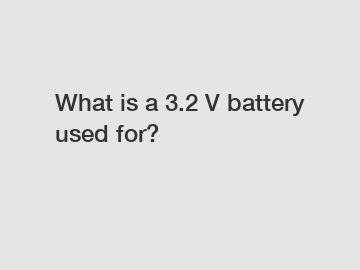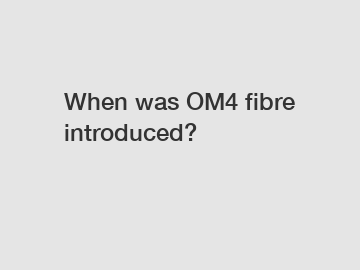What is surface mount technology (SMT)?
Surface Mount Technology (SMT): Revolutionizing Electronic Assembly
Surface Mount Technology (SMT) is a groundbreaking method of electronic component assembly that has revolutionized the manufacturing process in the electronics industry. It has replaced the traditional through-hole technology (THT) as the preferred method for mounting components onto printed circuit boards (PCBs).
In surface mount technology, electronic components are directly mounted onto the surface of the PCB, as opposed to being inserted into pre-drilled holes. This method offers several advantages, including increased component density, smaller board sizes, improved electrical performance, and enhanced manufacturing efficiency.
The process of surface mount technology involves the following key steps:
1.Component Selection: Electronic components specifically designed for surface mounting are selected. These components come in various package sizes and configurations optimized for surface mounting.
2.Solder Paste Application: A stencil is used to apply solder paste onto the designated areas of the PCB where the components will be mounted. The solder paste consists of tiny balls of solder suspended in a flux medium.
3.Component Placement: An automated machine, known as a pick-and-place machine, precisely places the surface mount components onto the solder paste on the PCB. The machine picks up the components from reels or trays and accurately positions them according to the PCB design.
4.Reflow Soldering: The PCB, with the components now in place, undergoes a heating process known as reflow soldering. The PCB is passed through a conveyor oven or a reflow oven, where it is exposed to controlled temperature profiles. This causes the solder paste to melt and create reliable electrical and mechanical connections between the components and the PCB.
Related links:What is the standard VDA module?
Why is OPGW used in transmission line?
Ultimate Guide to 12V 2 Pin Connections
What does a limit switch do on an actuator?
6 Common Electric Golf Cart Troubleshooting Tips
What is the IEC standard for compact substation?
Top 5 Ways to Upgrade Your Electric Power Fittings
5.Inspection and Testing: After soldering, the PCB is inspected to ensure proper component alignment, solder joint quality, and absence of defects. Automated optical inspection (AOI) systems and other testing methods are employed to verify the integrity of the assembled PCB.
Surface mount technology offers numerous advantages over through-hole technology. Firstly, it enables higher component densities, allowing for more complex circuit designs and miniaturized electronic devices. This is particularly crucial in industries where space constraints are a major consideration, such as consumer electronics, automotive applications, and portable devices.
Secondly, surface mount technology facilitates improved electrical performance. With shorter connection paths and reduced parasitic effects, surface mount components offer enhanced signal integrity and higher-frequency operation.
Additionally, surface mount technology significantly enhances manufacturing efficiency. The automated nature of component placement and soldering processes reduces manual labor requirements and increases production speed. This leads to higher productivity, lower manufacturing costs, and faster time-to-market for electronic products.
In conclusion, surface mount technology has transformed the electronic assembly landscape. By enabling smaller, more powerful, and more reliable electronic devices, it has played a pivotal role in advancing technology across various industries. As electronic devices continue to evolve, surface mount technology will continue to be at the forefront of electronic manufacturing, driving innovation and shaping the future of electronics.
Should I use T568A or T568B?
Discover the Benefits of Outdoor Optical Cables for Faster and Reliable Internet Connections
How do you keep golf cart batteries healthy?
Why SF6 is used in RMU?
Is it worth investing in a 48v forklift battery for sale for your business?
Tips for selecting the best LC Duplex Patch Cord?
Why Is Top-Roller Stainless Plunger Limit Switch a Must-Buy?













